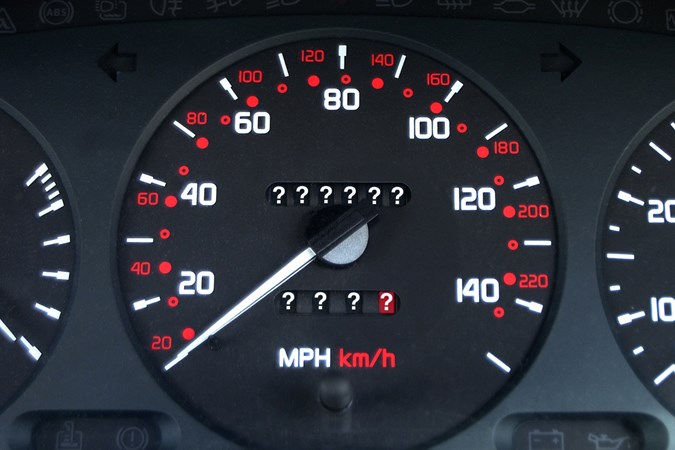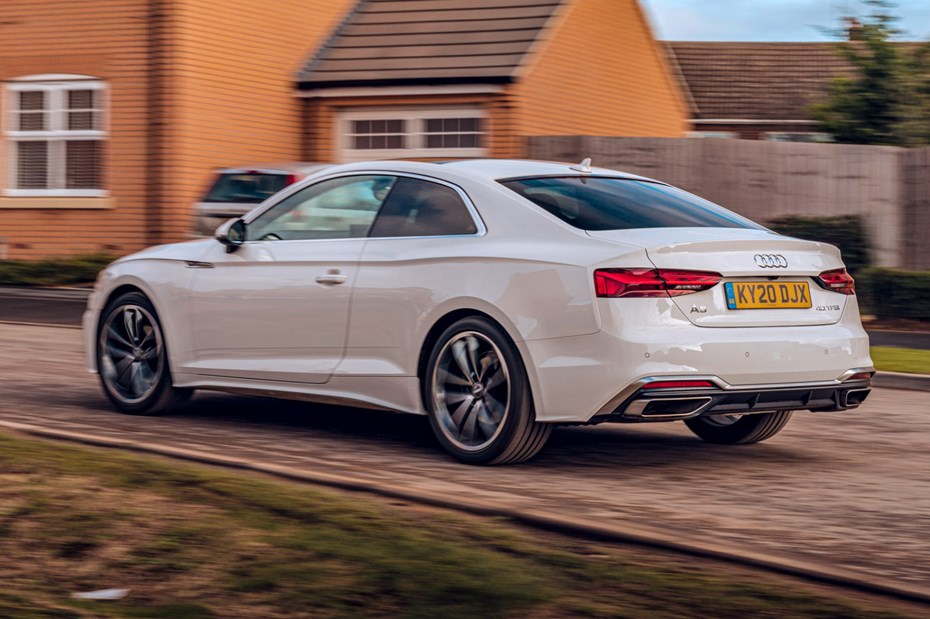Car finance deals make up around 90% of new car sales in the UK. The people of Britain love a PCP agreement and leasing deal, both of which have excess mileage charges attached.
Not bothering to do your research can cost you hundreds of pounds in the long run. Choose too many miles and you’re essentially overpaying each month for something you don’t need. Too few and you’ll find yourself with some excess mileage charges at the end of your agreement.
Keep reading to find out more about excess mileage charges, how to avoid them, and how many miles are right for you.
What are excess mileage charges?
If you exceed your agreed mileage cap, you can expect to be stung with excess mileage charges. This applies to PCH leasing, as well as PCP as long as you don’t buy the car outright at the end.
The amount you pay for exceeding your mileage agreement varies wildly depending on what car you have and what company you’re signed up with.
Ford for instance, charges around 4p to 10p per mile. Volkswagen’s is similar, around 4p to 8p per mile. Whereas we’ve seen prices go as high as 40p to 72p per mile on high end cars like Bentelys when financed through third-party providers.
Drive your Bentley 1,000 miles per year more than you signed up for over a three-year deal at 72p per mile and you’ll have a £2,000 bill waiting for you. An extreme example – but one worth bearing in mind.
In most cases these fees are so high that you’re much worse off being hit with excess mileage charges than going for a higher-mileage contract. Therefore, it is important to think about how many miles you’re likely to cover over the length of the contract, before getting quotes.
How many miles should I choose?
It’s a big ask to work out your annual mileage, but it’s the most sensible way of picking your mileage limit. If your current car is more than three-years old, take a look at the current MoT and the previous one. Assuming you owned it between these periods, it will tell you how many miles you covered in a year.
If your car is too new for an MoT, start with fixed journeys. If your commute is 40 miles a day, three times a week, that alone will account for around 6,240 miles per year.
Consider any other long journeys you’re likely to make too, like family jaunts to the continent on holiday. Add all of these together and you’ve got a base for your annual mileage. Consider how many other journeys you typically cover, how long these are and how often you make them and add this additional mileage in.

Since excess mileage charges are higher than the premium for choosing a higher-mileage contract, it’s wise to add several thousand extra miles to the total. And then you’re ready to go.
How much will excess mileage charges cost me?
Typical excess mileage charges hover below the 10p per mile mark.
It makes sense then, to double check the figure before setting your mileage allowance – the larger the excess charges, the wiser it is to go for a higher-mileage contract – so you’re less likely to have to pay it.
Below is a representative deal on a Jaguar XE.

If you were to cover 45,000 miles on a 30,000-mile contract you’d be hit with a whopping £4,200 charge. Even when you consider the larger monthly payments to get a higher-mileage allowance in the first place you’d still be £3,019 better off.
Jaguar XE (45,000 miles covered on 30,000-mile contract)
> Monthly payments: £418 (35 monthly payments)
> Mileage allowance: 30,000 miles
> Total paid to finance car: £19,618
> Excess mileage charge: £4,200
> Total paid to finance car with excess mileage charge: £23,818
Jaguar XE (45,000 miles covered on 45,000-mile contract)
> Monthly payments: £451 (35 monthly payments)
> Mileage allowance: 45,000 miles
> Total paid to finance car: £20,799
> Saving compared with paying excess mileage charges: £3,019
Is VAT included?
This depends on the manufacturer. Most brands display figures including VAT, though others show the charge before VAT, marked with asterisks, with the actual excess figure you’ll have to pay hidden in the small print. If that’s the case, you’ll need to add 20% to the quoted figure to show what you’ll be charged if you go over the mileage allowance.
As not all manufacturers are transparent about excess charges, it’s worth asking the dealer to clarify in black and white exactly what the fees are. Some brands issue a higher charge if you go way over the allowance, too, so be sure to read the terms and conditions on your quote.
Can I renegotiate my mileage allowance in the middle of a PCP contract?
If you know you’re likely to end up going significantly over your agreed mileage cap, it’s worth contacting the finance company or dealer well before the end of the contract to renegotiate.
Rather than be hit with one big charge when the contract ends – provided you plan to hand the car back, that is – this is likely to bump up your monthly payments a little, but save you money overall.











